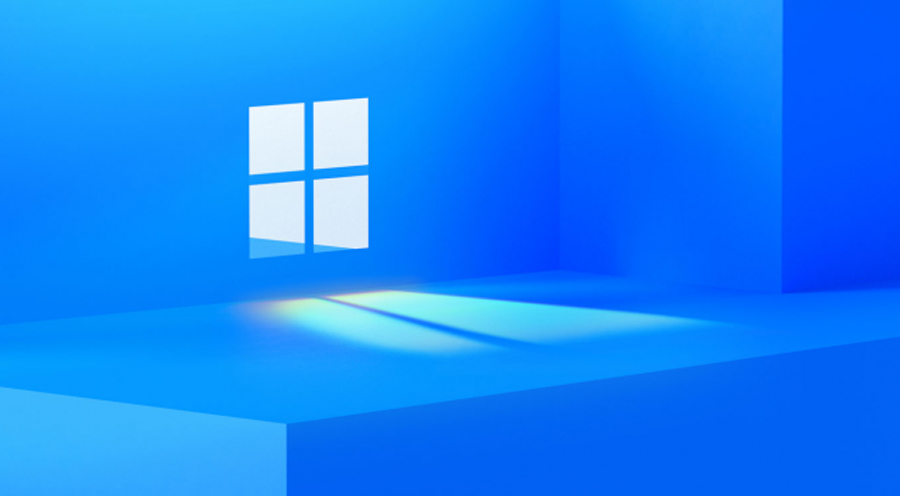Now, we can at least tell you when we’ll have the specifics: Microsoft will unveil the next generation of Windows on June 24th.
At Build, Nadella promised the next version of the OS would “create more opportunity for every Windows developer today and welcome every creator who is looking for the most innovative, new, open platform to build and distribute and monetize applications.”
This most likely referenced the rumored Windows Store revamp that will allow more developers to host their content.
Microsoft will reportedly allow more file formats and third-party payment systems, which will make the Store more appealing to developers.
Microsoft has publicly stumbled as it attempted to advance its OS plans.
For example, Windows 10X was announced as the dual-screen version of Windows, and then Microsoft decided to refocus it on single-screen computers.
Last month, the company confirmed Windows 10X is dead, and some of its features will come to Windows 10 in an update.
It also tried to make Windows 10 on phones a thing, but that experiment ended for good a few years ago.
Now, Microsoft ostensibly makes Android phones, but the Duo hasn’t been talked about much since its release last year.
Microsoft launched Windows 10 in 2015, offering it as a free upgrade for a year and even longer for some customers.
This was a major departure when Nadella took over from former CEO Steve Ballmer.
There was even talk that Windows 10 could be the “last” version of Windows ever.
We don’t know if Microsoft is going to treat the next update as a distinct version, though.
Maybe it will be Windows 11, and maybe it’ll drop the number entirely.
Whatever its plans, Microsoft has done a good job of keeping it under wraps.
The new Windows will be unveiled on June 24th at 11 AM ET.
Nadella and chief product officer Panos Panay will demo the new software, believed to carry the code name “Sun Valley.”
Previous reports have claimed it will feature rounded corners and a more modern look.
We’ve already seen a little of this in Microsoft’s redesigned system icons, which have rolled out to replace the dated glyphs that have been part of Windows 10 since the start.
The invitation doesn’t offer any useful hints — it’s just a Windows icon on a blue background.
The shape is a little different than the current logo, so perhaps we’ll see this silhouette on the start button in the future.






















